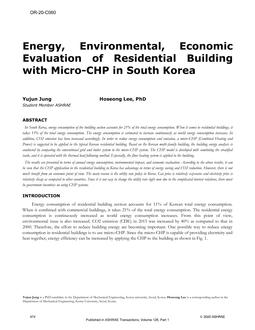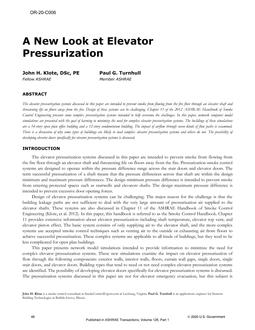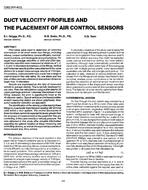The spread of smoke due to the redistribution of air by the heating, ventilating and air conditioning (HVAC) system is a significant concern. One of the principal purposes for a duct smoke detector is to sense smoke in the HVAC system and initiate shutdown of the HVAC system. Another purpose for duct smoke detectors is to sense smoke generated from a fire involving a filter.
While a significant amount of research has been conducted in the area of smoke detection, little research has been conducted on the mechanics of smoke flow in ducts or the performance of duct smoke detectors. As such, the technical basis for guidelines pertaining to the need for or placement of duct-mounted smoke detectors is very limited. The primary purpose of the research program is to ascertain the validity of the prescriptive requirements currently in NFPA 90A [1999] and NFPA 72 [1999] relating to the use of duct smoke detectors for the control of smoke spread in buildings. The secondary purposes of this research are to:
- develop engineering methods and tools to determine when and where duct smoke detection is necessary
- determine where duct smoke detectors should be installed
- describe how duct smoke detectors should be tested for listing purposes in a performance-based code environment.
Product Details
- Published:
- 2003
- File Size:
- 1 file , 9 MB
- Product Code(s):
- D-28823


